Catheter-Associated Urinary Tract Infections & Sepsis
Catheter-associated urinary tract infections (CAUTIs) are among the most prevalent healthcare-associated infections, accounting for up to 40% of hospital-acquired infections.
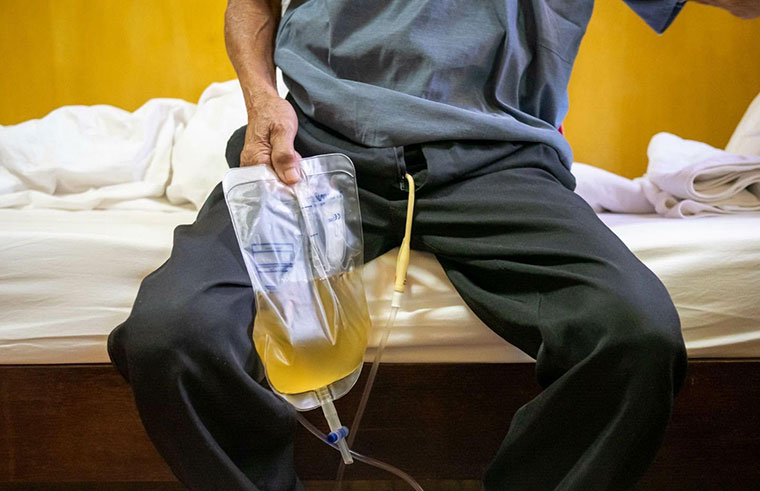
Catheter-associated urinary tract infections (CAUTIs) are among the most prevalent healthcare-associated infections, accounting for up to 40% of hospital-acquired infections.
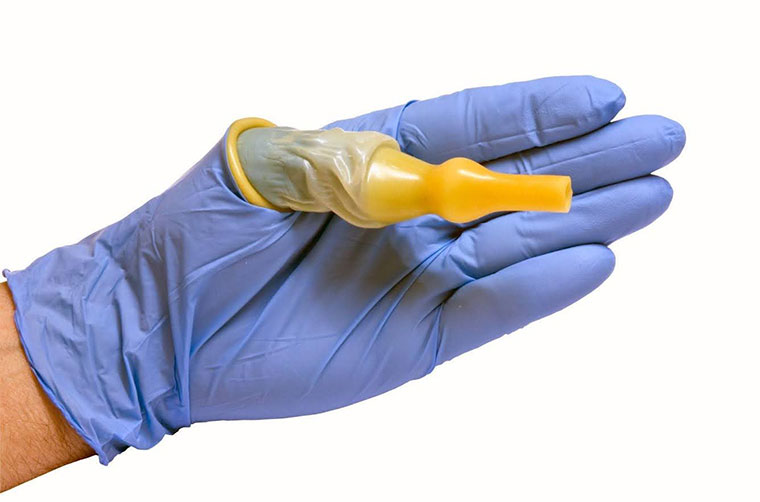
Urinary incontinence affects a significant percentage of men, particularly those with neurological disorders, mobility limitations, or post-surgical complications. It can lead to embarrassment, reduced quality of life, and challenges in maintaining hygiene. To manage urine leakage, some men turn to external devices like condom catheters, which fit over the penis and direct urine into a collection bag. Unlike indwelling catheters that are inserted into the bladder, condom catheters are considered less invasive and are often recommended for long-term use in bedridden or incontinent male patients.
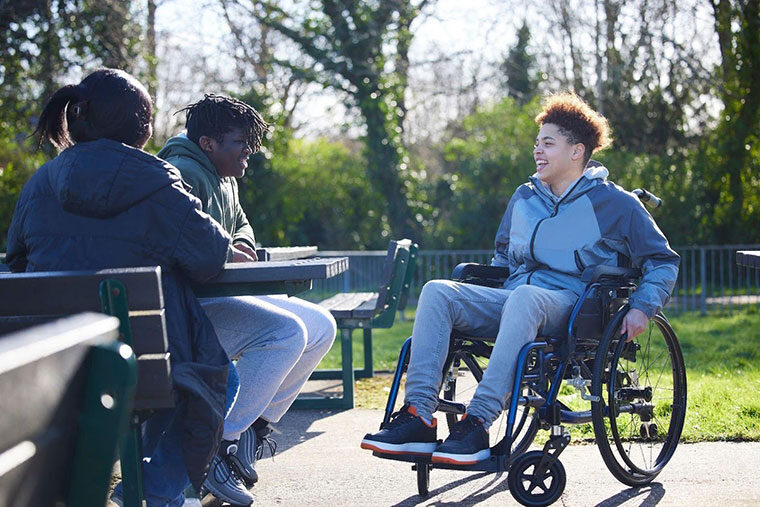

Definition of Healthcare-Associated Infections (HAIs)
Healthcare-associated infections (HAIs), also known as hospital-acquired infections (HCAIs), are infections that develop during the course of medical treatment in hospitals or other healthcare settings.
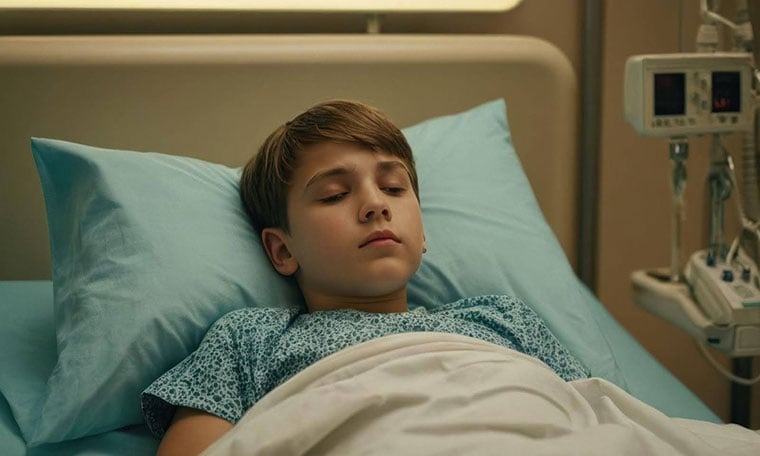
Urethral trauma in pediatric patients is a significant yet often overlooked concern in urological care. Although urethral injuries account for a small percentage of overall pediatric trauma cases, they can lead to long-term complications if not managed properly. Up to 25% of hospitalized patients undergo routine urethral catheterization, and while the incidence of iatrogenic urethral trauma is approximately 0.3%, its impact is substantial. Traumatic urethral catheterization can lead to acute complications such as urinary retention, bleeding, and urosepsis, as well as long-term risks like urethral stricture disease, requiring frequent dilation or reconstructive procedures.

Parkinson’s disease (PD) is an extrapyramidal neurological disorder primarily recognized for its motor symptoms, such as tremors, rigidity, and bradykinesia. However, non-motor symptoms, including lower urinary tract dysfunction, are increasingly acknowledged as significant contributors to reduced quality of life. Research indicates that 57–83% of PD patients experience urinary storage symptoms, while voiding dysfunction affects 17–27% of individuals. Among these, nocturia is the most prevalent, impacting over 60% of patients, followed by urgency (33–54%) and frequency (16–36%).
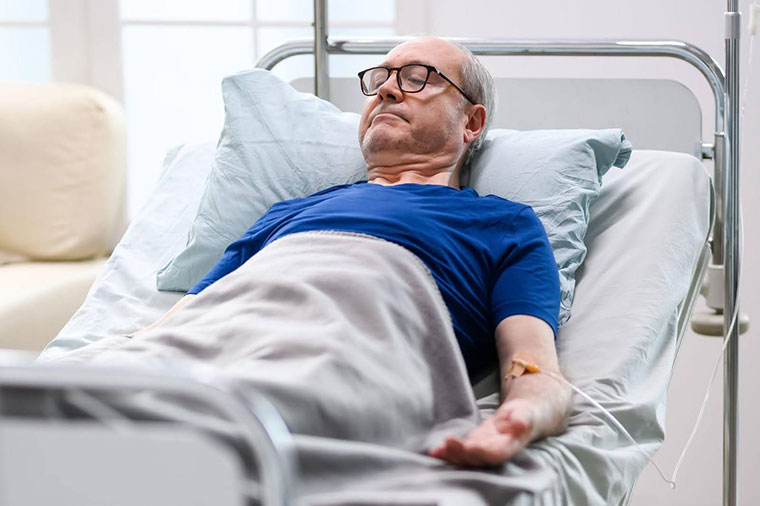
Penile pressure ulcers are painful sores that develop on the penis due to prolonged pressure on the skin and underlying tissues. These ulcers can occur when there is continuous pressure without relief, leading to poor blood circulation and tissue damage. Male patients with spinal cord disorders (SCD) are at a higher risk because they may have limited mobility, leading to unrelieved pressure on sensitive areas.
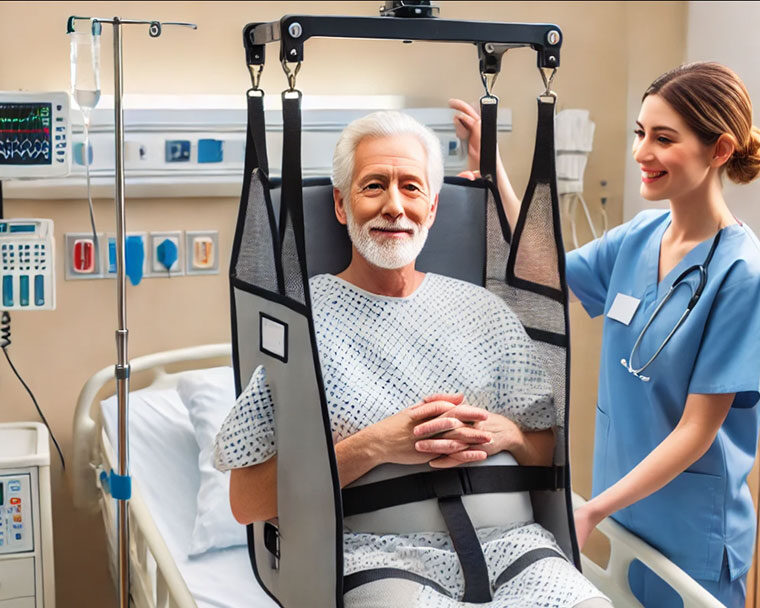
Standing patient lifts, commonly referred to as Hoyer lifts, are essential mechanical devices designed to assist individuals with limited mobility in safely transitioning between positions, such as from a bed to a chair or from a toilet to a wheelchair. These lifts play a critical role in reducing strain on caregivers while ensuring patient safety and comfort.

Mixed urinary incontinence (MUI) is a condition that combines stress incontinence (urine leakage due to physical exertion like coughing, sneezing, or lifting) and urge incontinence (a sudden, uncontrollable need to urinate). MUI is a significant issue in male patients, particularly those with a history of prostate surgery, neurological disorders, or aging-related bladder dysfunction.
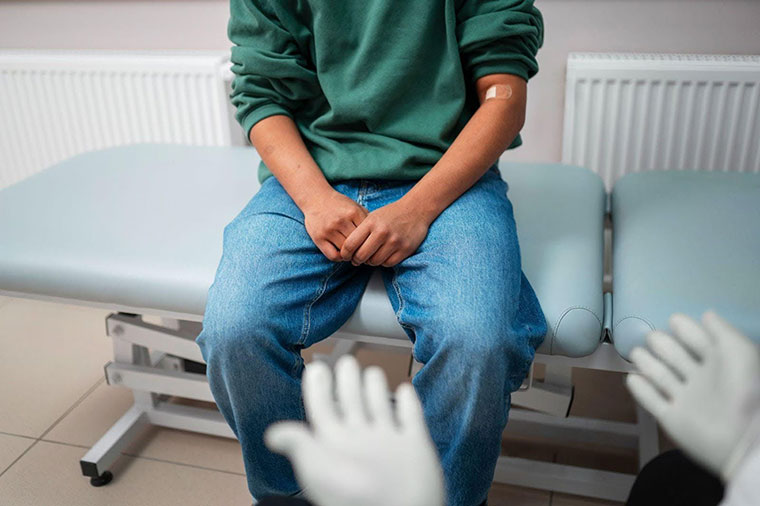
Urinary incontinence (UI) is a significant health issue affecting men, with prevalence increasing with age. Studies estimate that UI affects 11% of men aged 60–64, rising to 31% in older age groups. The condition stems from mechanisms such as overactive bladder (urge UI) and poor urethral sphincter function (stress UI), leading to variable risk factors and treatment strategies.